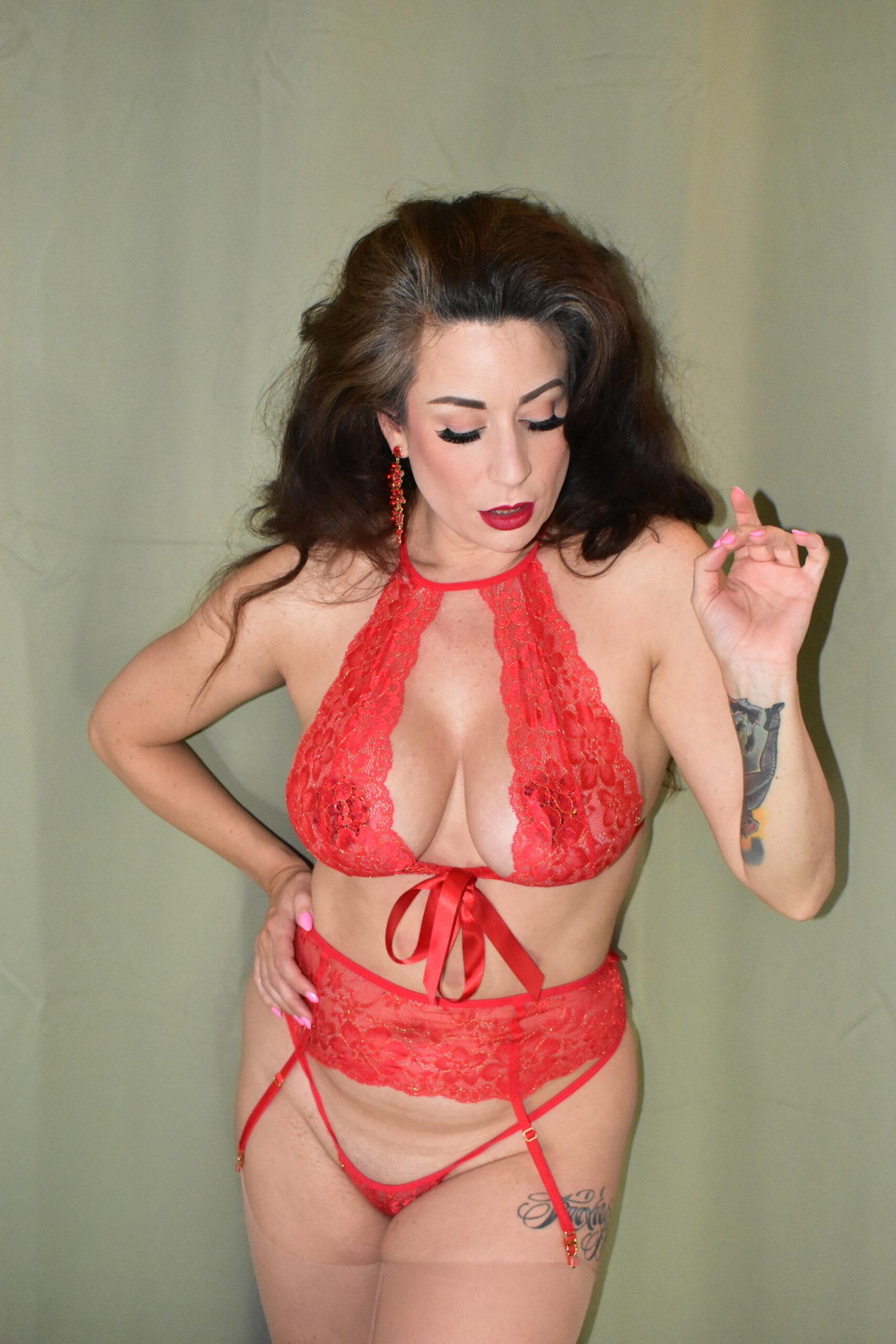Definition and Characteristics
%h2% refers to individuals who identify with two genders simultaneously.
Bigender people may experience their gender identity as fluctuating between two genders, or as a blend of both genders. It’s important to note that bigender identities are distinct from being transgender, which involves identifying with a gender different from the one assigned at birth.
Distinguishing from Other Identities
%h2% individuals identify with two genders simultaneously.
Bigender experiences can involve shifting between two distinct genders or a combination of both. It’s crucial to differentiate this from being transgender, which involves identifying with a gender that differs from the one assigned at birth.
Emotional Landscape: Joy, Fluidity, and Challenges
The emotional landscape of being bigender is complex and multifaceted, marked by profound joy, fluidity, and inherent challenges. For many, the experience of inhabiting two genders simultaneously brings a unique sense of wholeness and liberation. It allows them to embrace multiple facets of their identity, expressing themselves authentically in ways that transcend rigid gender norms.
However, navigating this dual identity can also present significant emotional hurdles. Bigender individuals may encounter societal stigma, lack of understanding, and internal conflicts as they strive for acceptance and self-affirmation. The fluidity of gender expression can lead to feelings of ambiguity and uncertainty, requiring constant self-reflection and adaptation.
Social Interactions and Coming Out
%h2% individuals often navigate complex social interactions due to the multifaceted nature of their gender identity.
Explaining their experience to others, especially those unfamiliar with %h2%, can be challenging. Finding language that accurately reflects the fluidity and duality of their identity can be difficult.
Misunderstandings and assumptions from others can lead to feelings of isolation and invalidation.
Coming out as %h2% can be a deeply personal journey, influenced by factors such as personal comfort levels, support systems, and societal attitudes. Some %h2% individuals choose to come out to specific people gradually, while others opt for a more public declaration.

The decision of when and how to come out is ultimately up to the individual, and there’s no right or wrong way to do it.
Relationships and Dating
Bigender individuals experience their gender identity as encompassing two genders simultaneously. This can involve shifting between distinct genders or blending them together. It’s important to distinguish this from being transgender, which involves identifying with a gender different from the one assigned at birth.
Relationships and dating for bigender people can be unique and multifaceted. Finding partners who understand and accept their dual identity is crucial. Communication and open dialogue about gender identity are essential for building healthy and supportive relationships.
Some bigender individuals may prefer to date within the LGBTQ+ community, finding greater understanding and acceptance there. Others may find fulfilling connections outside of this community, as long as their partner is respectful and accepting of their identity.
Like anyone else, bigender people seek connection, intimacy, and love. Their dating experiences can be filled with joy, challenges, and everything in between. Ultimately, finding a partner who celebrates their authenticity and supports them on their journey is paramount.
Pronouns and Name Usage
%h2% refers to individuals who identify with two genders simultaneously.
Bigender people may experience their gender identity as fluctuating between two genders, or as a blend of both genders. It’s important to note that bigender identities are distinct from being transgender, which involves identifying with a gender different from the one assigned at birth.
%h2% individuals often navigate complex social interactions due to the multifaceted nature of their gender identity.
Explaining their experience to others, especially those unfamiliar with %h2%, can be challenging. Finding language that accurately reflects the fluidity and duality of their identity can be difficult.
Misunderstandings and assumptions from others can lead to feelings of isolation and invalidation.
Coming out as %h2% can be a deeply personal journey, influenced by factors such as personal comfort levels, support systems, and societal attitudes. Some %h2% individuals choose to come out to specific people gradually, while others opt for a more public declaration. The decision of when and how to come out is ultimately up to the individual, and there’s no right or wrong way to do it.
Relationships and dating for bigender people can be unique and multifaceted. Finding partners who understand and accept their dual identity is crucial. Communication and open dialogue about gender identity are essential for building healthy and supportive relationships.
Some bigender individuals may prefer to date within the LGBTQ+ community, finding greater understanding and acceptance there. Others may find fulfilling connections outside of this community, as long as their partner is respectful and accepting of their identity.

Like anyone else, bigender people seek connection, intimacy, and love. Their dating experiences can be filled with joy, challenges, and everything in between. Ultimately, finding a partner who celebrates their authenticity and supports them on their journey is paramount.
Expressing Gender Through Clothing and Appearance
Bigender individuals express their gender through clothing and appearance in diverse ways, reflecting the fluidity and complexity of their identities. Some might choose to embody one gender expression at a time, while others may blend elements from both genders in a unique and personal style.
There’s no singular “bigender” look. Expressions vary greatly depending on individual preferences, comfort levels, and cultural influences. Just as anyone else, bigender individuals use clothing, accessories, hairstyles, and makeup to communicate aspects of their identity, express their mood, or simply showcase their personal aesthetic.
It’s important to remember that gender expression is a deeply personal choice, and judging or assuming someone’s gender identity based on their appearance can be harmful. Respecting individual choices and embracing the diversity of gender expression is essential for creating an inclusive and accepting environment.
Healthcare and Legal Recognition
%h2% refers to individuals who identify with two genders simultaneously.
Bigender people may experience their gender identity as fluctuating between two genders, or as a blend of both genders. It’s important to note that bigender identities are distinct from being transgender, which involves identifying with a gender different from the one assigned at birth.
%h2% individuals often navigate complex social interactions due to the multifaceted nature of their gender identity.
Explaining their experience to others, especially those unfamiliar with %h2%, can be challenging. Finding language that accurately reflects the fluidity and duality of their identity can be difficult.
- Misunderstandings and assumptions from others can lead to feelings of isolation and invalidation.
Coming out as %h2% can be a deeply personal journey, influenced by factors such as personal comfort levels, support systems, and societal attitudes. Some %h2% individuals choose to come out to specific people gradually, while others opt for a more public declaration.
The decision of when and how to come out is ultimately up to the individual, and there’s no right or wrong way to do it.
Relationships and dating for bigender people can be unique and multifaceted. Finding partners who understand and accept their dual identity is crucial. Communication and open dialogue about gender identity are essential for building healthy and supportive relationships.
- Some bigender individuals may prefer to date within the LGBTQ+ community, finding greater understanding and acceptance there.
- Others may find fulfilling connections outside of this community, as long as their partner is respectful and accepting of their identity.
Like anyone else, bigender people seek connection, intimacy, and love. Their dating experiences can be filled with joy, challenges, and everything in between. Ultimately, finding a partner who celebrates their authenticity and supports them on their journey is paramount.
Bigender individuals express their gender through clothing and appearance in diverse ways, reflecting the fluidity and complexity of their identities. Some might choose to embody one gender expression at a time, while others may blend elements from both genders in a unique and personal style.
There’s no singular “bigender” look. Expressions vary greatly depending on individual preferences, comfort levels, and cultural influences. Just as anyone else, bigender individuals use clothing, accessories, hairstyles, and makeup to communicate aspects of their identity, express their mood, or simply showcase their personal aesthetic.
It’s important to remember that gender expression is a deeply personal choice, and judging or assuming someone’s gender identity based on their appearance can be harmful. Respecting individual choices and embracing the diversity of gender expression is essential for creating an inclusive and accepting environment.
Finding Support and Community
For many bigender individuals, finding a supportive community and building connections with others who understand their experiences is crucial. Online forums, social media groups, and local LGBTQ+ centers can offer safe spaces to connect with other bigender people, share stories, and find guidance.
Online Resources and Forums

Finding support and community is essential for bigender individuals navigating the complexities of their identity. Online resources and forums provide valuable spaces for connection, understanding, and shared experiences.
Online communities dedicated to bigender identities can offer a sense of belonging and validation. These platforms allow individuals to connect with others who share similar experiences, fostering a sense of camaraderie and support. Participants can engage in discussions, ask questions, share advice, and find encouragement from those who understand their unique challenges.
Social media groups focused on bigender identities can be particularly helpful for finding local connections and building relationships. These groups often organize events, meetups, and support networks, providing opportunities for face-to-face interaction and building a sense of community in the real world.
Local Bigender Groups and Organizations
For many bigender individuals, finding a supportive community and building connections with others who understand their experiences is crucial. Online forums, social media groups, and local LGBTQ+ centers can offer safe spaces to connect with other bigender people, share stories, and find guidance.
Local organizations dedicated to LGBTQ+ rights often have resources and support groups specifically for bigender individuals. Bo Paris These organizations can provide information about local events, connect you with mentors or peer support networks, and advocate for policies that protect the rights of bigender people.
how to make a guy cum
Azmia Magane
- Why Sculptra Is Gaining Popularity In Surrey - June 29, 2025
- What’s The Worst Thing That Can Happen With Lip Fillers? - June 28, 2025
- What Is The Best Filler For The Temple Area - June 25, 2025

